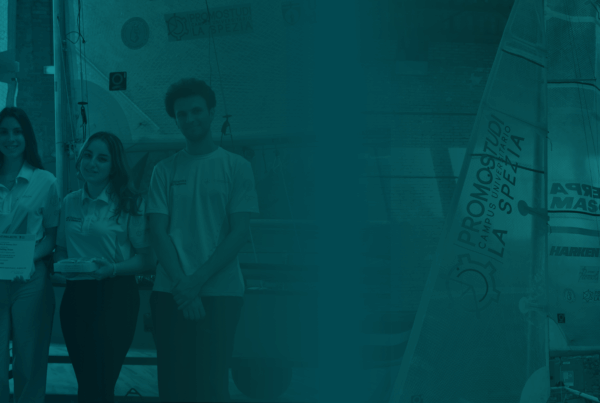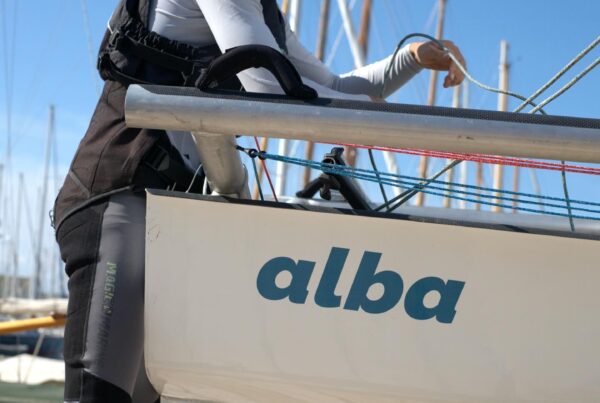In this article, we will explore the best
composite resin systems
for the production of hydrogen pressure vessels.

The Importance of Pressure Tank Production for Hydrogen.
Pressure tanks are the most common way to store, transport and use hydrogen gas as a fuel, particularly in the automotive industry, where hydrogen fuel cells are used to power hydrogen-powered cars and heavy-duty vehicles.
Pressure vessels for hydrogen storage, mainly type 3, 4 and 5, are made of composite materials to ensure a high strength-to-weight ratio.
This gives themhigh impact and chemical resistance, as well as strength to withstand high operating pressures and regular fill/empty cycles.
Consequently, it is critical that the composites that make up the pressure vessels are manufactured to high quality standards, ensuring that they meet the rigorous technical requirements for this application.
Negligence in the proper manufacture of hydrogen storage pressure tanks can lead to increased risk of accidents, health and safety hazards, inefficiencies, and the need for maintenance and repair, resulting in increased costs and reduced user satisfaction.
Specifications for the Production of Hydrogen Pressure Tanks
Hydrogen producers must evaluate sensitive design components before producing pressure vessels.
Since pressure vessels (type 3-5) are generally made of composite materials such as carbon fiber, thermoplastics, fiberglass or aramid, they must be properly designed to ensure proper durability, strength and capacity.
Characteristics that must be specified include:
- Pressure level
- Temperature
- Material components
- Size and shape
Incorporating these specifications into the production process ensures the correct quality of pressure vessels.
Without the right composite resin systems for tank manufacturing, this process can be costly and time-consuming. This is why it is important to invest in the right manufacturing solutions to reduce costs and improve the efficiency of the pressure vessel manufacturing process.
The Best Composite Resin Systems for the Production of Pressure Vessels for Hydrogen
Huntsman Araldite® composite resin systems offer several advantages for the production of hydrogen pressure vessels, including:
- High performance in the pressurization cycle
- High explosion resistance
- Improved fatigue and impact performance
- Reduction of crack propagation
- Resistance toextreme temperatures andhumidity-avoiding premature failure
- Resistance toenvironmental exposure
Below we review our recommended composite resin systems for the production of hydrogen pressure vessels.
ARALDITE® LY 1135-1 A / ARADUR® 917-1 / ACCELERATOR 960-1
Araldite® LY 1135-1 A / ARADUR® 917-1 / ACCELERATOR 960-1 is a latent anhydride curing system that offers a very long latency combined with a low exothermic reactive process. It is suitable for the production of pressure vessel composites using the wet filament winding method. It has a glass transition temperature (Tg) of 132-138°C and a service life of 56-62 hours at 23°C. It also provides a mixture viscosity of 600-1000 mPas at 25°C.
This is our recommended solution for this application, offering overall excellent mechanical, dynamic and thermal properties, long processing time, easy workability and good fiber impregnation properties.
ARALDITE® LY 1564 / ARADUR® 917-1 / ACCELERATOR 960-1
Araldite® LY 1564 / ARADUR® 917-1 / ACCELERATOR 960-1 is a latent anhydride curing system that offers a very long latency combined with a low exothermic reactive process. It is suitable for the production of pressure vessel composites using the wet filament winding method. It has a glass transition temperature (Tg) of 122-130°C and a service life of 80-90 hours at 23°C.
ARALDITE® LY 3708 / ARADUR® 1571 / ACCELERATOR 1575
Araldite® LY 3708 / ARADUR® 1571 / ACCELERATOR 1575 is a highly reinforced system designed to withstand the extreme pressure cycling demands of hydrogen tanks produced through the prepreg winding method (prepreg with high filament count). It provides a production-optimized viscosity profile and fast cure for high production yield. It has a glass transition temperature (Tg) of 120-130°C and a fracture toughness of 1.5-1.6 MPa-m½.
Download the Huntsman Araldite composite resin systems brochure and learn about all the solutions.



